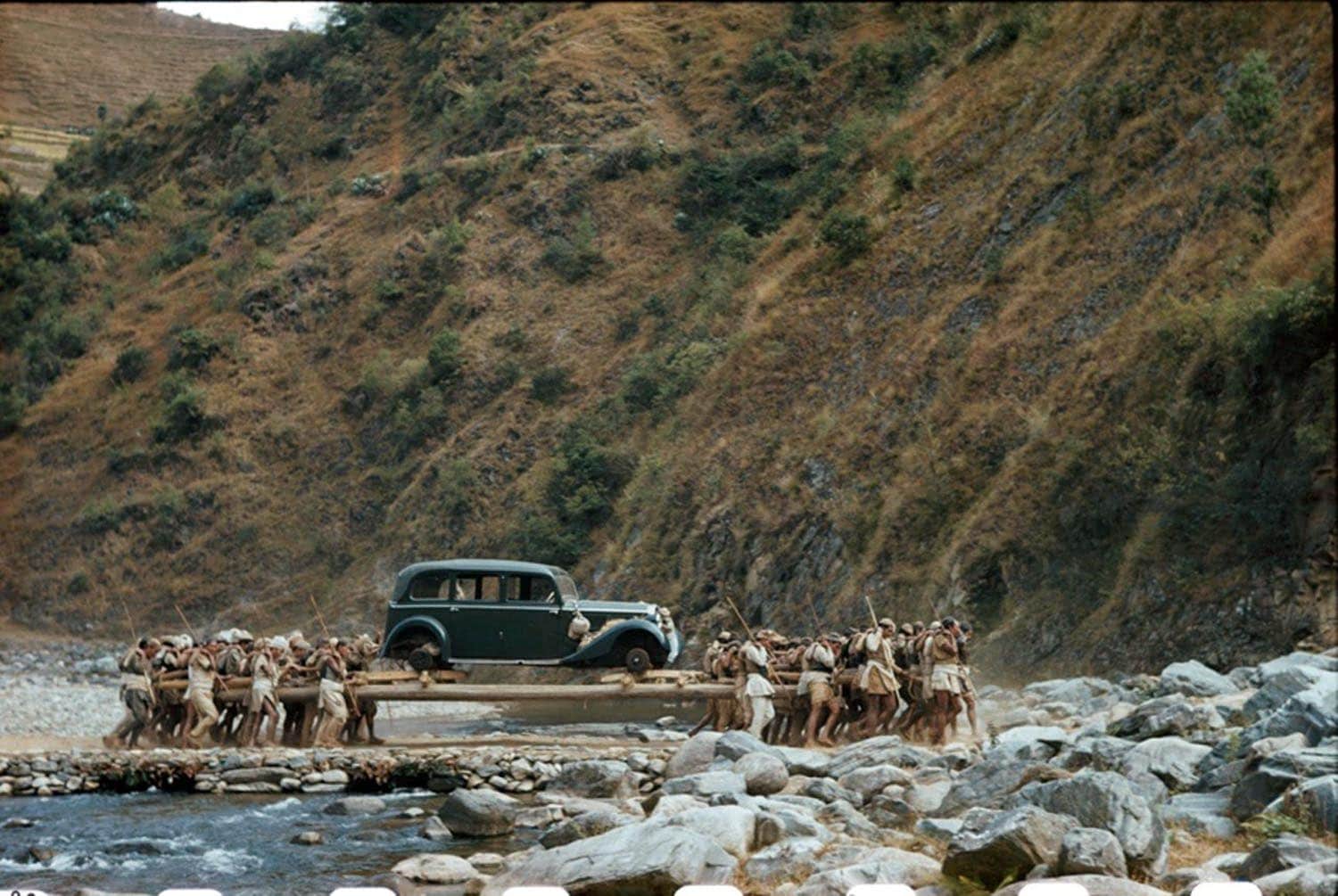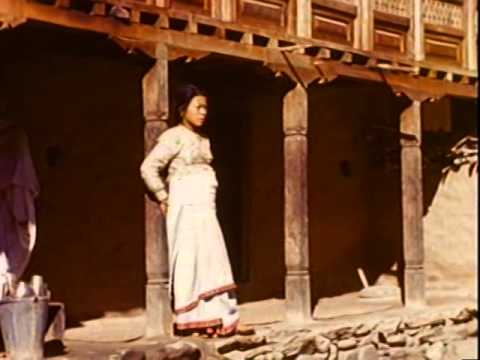Heritage
Bhimphedi History Highlights
In the times when Nepal had neither airports nor highways, the only way to enter the secluded valley of Kathmandu was a walking trail crossing the Mahabarat range south-north from the Indian border. This ancient trade route was linked to the Silk Roads network and is known as the historical trail to Kathmandu. In western terms, it may seem we are talking about a very distant past, but in Nepal modern infrastructures are very recent: the India-Kathmandu highway (a dusty narrow windy road) was completed in 1956 and the airport in 1957, although regular jets did not start operating until 1972.
Hence, Bhimphedi had always enjoyed a strategic position: it safeguarded the only port in the Mahabharat range that opened the key to the Kathmandu valley, which was zealously protected in the past.
Being an unavoidable crossing point, Bhimphedi became a very important commercial hub and also nice place to stay and rest for a few days, as it was the first cool village after the hot Chitwan jungle, which in those days was infested with malaria. Thereby, many official buildings and rest-houses were built in the village, in many different architectural styles. The village was also a transportation hub where the travelers had to switch their transportation system from elephants, charts or trucks to palanquins, horses or simply walking. That’s why Bhimphedi has an elephant’s stable (Hattisar), which still houses more than 50 historical elephant saddles (aka haudas). Because of these facts, Bhimphedi happens to have a rich heritage of beautiful Rana, Newar and Rural architecture.
Shocking Transportation
This trail was anything but easy; similar descriptions can be read in different traveler’s accounts, like the following one from 1937:
“On leaving Bhimphedi, one is faced with an ascent of over 2,000 feet, and although it has been improved out of all recognition in the last few years, the path, as it used to be, must have been the worst approach to any civilized capital in the world. It was, in reality, hardly more than a torrent bed, boulder-strewn and with a gradient varying between twenty-five and thirtly-five degrees”.
The track was definitively hard, but travelers had the best part. The worst part was for the porters, who had to carry all sorts of unimaginable goods over their shoulders: from persons to palanquins; from bronze statues to huge pipes for dams; and from grand pianos to automobiles… and the petrol to run them!
Until the 1960s, any good entering Nepal had to be shoulder-borne through the steep slopes of Mahabarat. Bhimphedi holds a key position in the preservation of the historical memory of these old types of traditional transport. Unlike the rest of the world, where loads were always carried by animals, in Nepal they have always been carried by people, and this is a very curious fact about this country. As one journalist said:
“Cars are supposed to carry people, but in Nepal people carried cars”

Photo: MADAN PURASKAR PUSTAKALAYA

Photo: Volkmar Wentzel -1948. Published: National Geographic magazine -1950
Car-carriers on their way to Kathmandu. VideoFootage: S. Dillon Ripley papers, 1943-1974, Yale University library

